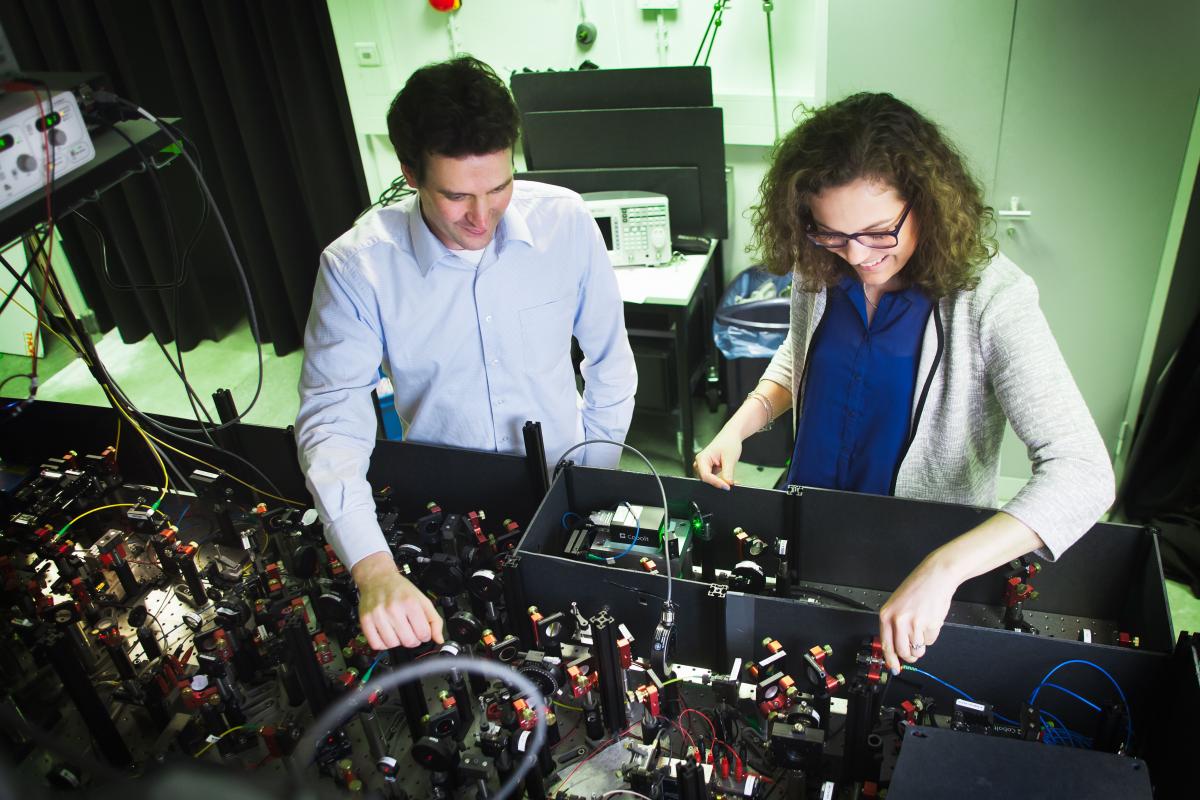QuTech researchers have demonstrated active error correction for quantum bits in diamond. It marks a significant step towards fault-tolerant quantum information processing, said the authors in their Nature Communications publication.
Errors are inevitable, but quantum bits are particularly prone to them since the fragile quantum state that encodes the quantum information is disturbed so easily. A passing radio wave, a flash of light or even the flipping of a nearby electron or nuclear spin is enough to disrupt the quantum state and cause decoherence, as quantum scientists say.
Unlike ‘classical bits’ that have a value of 0 or 1, quantum bits can have both values (0 and 1) at the same time. Weird as it sounds, this property is thought to enable quantum computers (that process information in quantum bits) to perform multiple calculations simultaneously.
Obviously, unstable quantum bits (or qubits) are a major concern to researchers from QuTech in Delft who aim to build a quantum computer containing dozens of qubits. Let’s face it: what trust can you place in a computer whose bits, the basic elements of information, keep jiggling around at random?
“To do practical quantum calculations, it is essential to be able to correct errors in quantum information,” said Julia Cramer MSc. who is the lead author of the article and who does her PhD research under the supervision of QuTech group leader Dr. Tim Taminiau. “Our quantum error correction works in four steps,” she explained. “The quantum information is protected by encoding it into three qubits. Smart measurements that do not disturb the quantum state detect possible errors. Step three is the error processing by a standard computer, followed by an active error correction on one of the three qubits.”
“We are the first to demonstrate the whole process of encoding, detecting, processing and correcting of errors for quantum bits in diamond,” said Cramer.
Quantum error correction relies on majority voting and therefore only works when the number of errors is small enough. The current procedure assumes that if one of the three bits has a different quantum state than the others, it must be corrected because the majority is always right. But when errors are frequent compared to the time in between two checks, it may well be that two errors have occurred and that correcting the aberrant quantum bit is, in fact, an error itself.
Cramer adds that a lot of science and engineering is still required to improve the stability of qubits. Reducing noise and optimising the controls over the quantum bits may all help to improve their stability. Even so, the authors are confident that their work forms a promising platform to experiment with various protocols for quantum information processing.
- J. Cramer et. al, Repeated quantum error correction on a continuous encoded qubit by real-time feedback, Nature Communications, 5 May 2016, doi:10.1038/ncomms11526
Related articles:
Mutual support between qubits (February 2014)
Chip corrects quantum errors (May 2015)



Comments are closed.